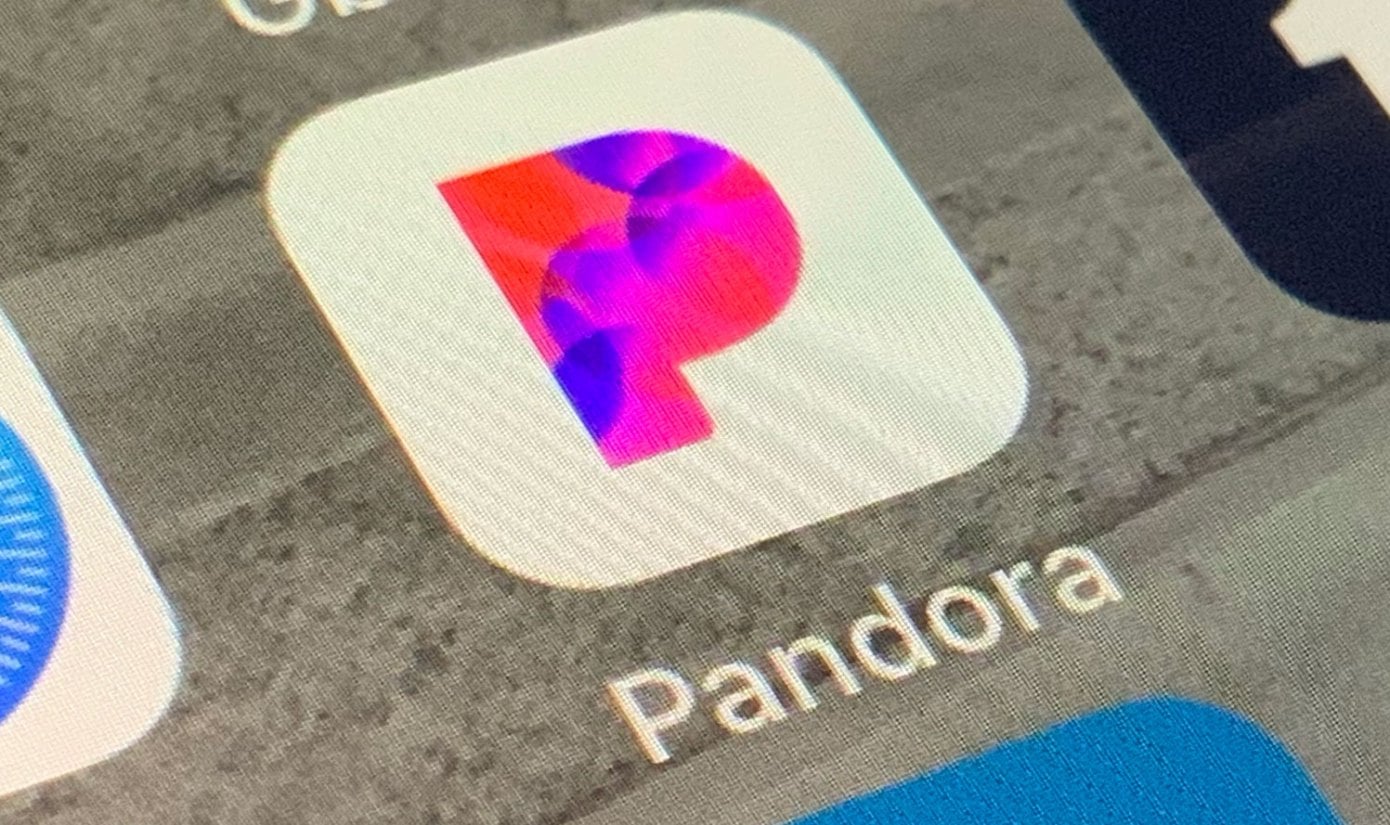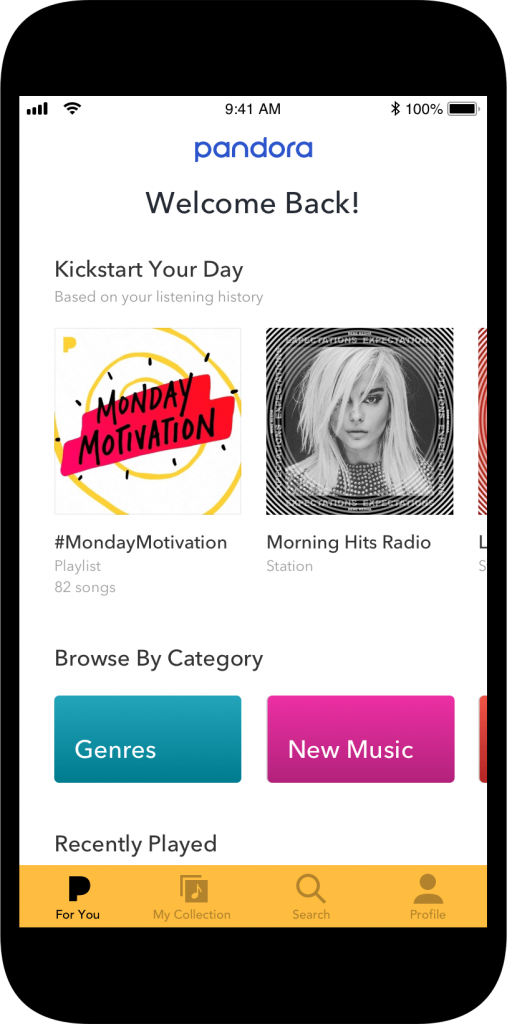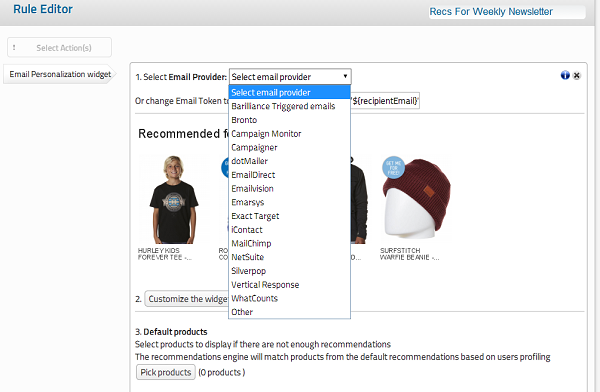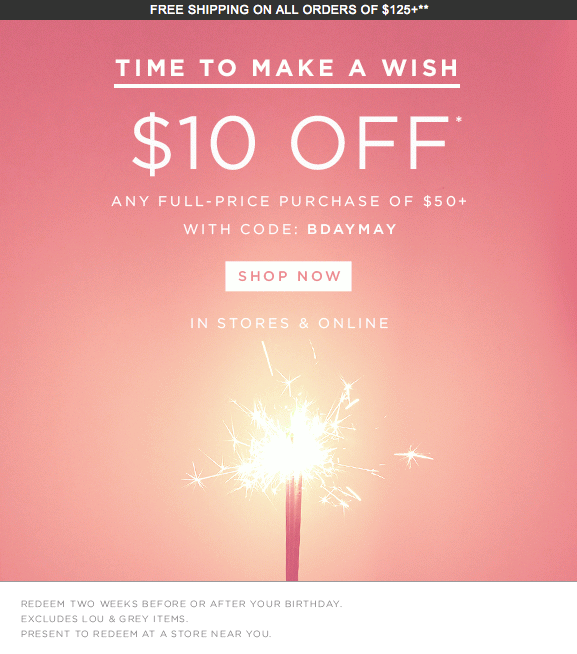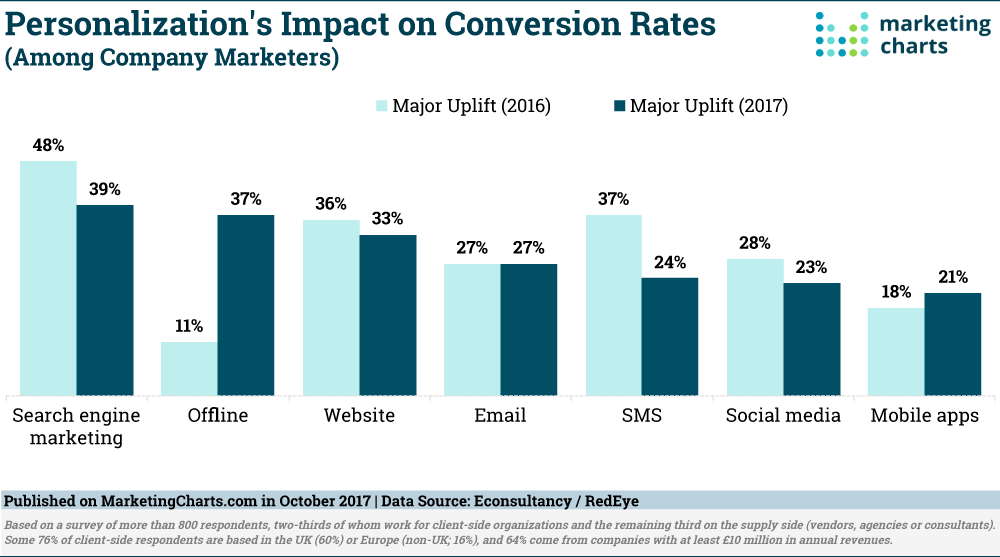By Anna Luo
Covid-19 has not only drastically changed the way we communicate with each other, but the economic impact of the pandemic has forced many brand marketing teams into a corner — charged with increasing revenue contribution while facing budget cuts. In fact, according to a recent Gartner Inc. survey, 76% of marketing leaders expected budget cuts as a result of Covid-19. These teams are being asked to improve business outcomes with fewer resources.
Bringing Life To Personalization
Brands executing a digital-first or direct-to-consumer strategy must move beyond a one-size-fits-all approach to digital marketing and create messages that are relevant to a consumer’s moment and context. To move the needle in sales, it is important to message more granularly. For example, creating messaging for individual consumers’ interests in specific products (like models or colors) and locations (like open locations vs. curbside pickup).
It is equally important to design specific content relevant to individual consumers regardless of where they may be — like Facebook, Instagram, streaming media or email. This means brands are in need of creating many variations of the content to fit new advertising formats and deliver personalized experiences that appeal to consumers. According to a report by IAB, “50% of digital device consumers will make a purchase and become brand loyal if they receive personalized brand content.”
Right now, many brands are leaning on production teams or agencies to manually design and build creative variations, which can be costly due to the hours it takes to do so by hand. While this method of creative production used to be a brand’s only option, it also meant that the creative outputs were not built in a way that could be easily modified and customized with language and product changes for local brand teams. Automation, however, paves a way for brands to quickly and efficiently spin up new creative variations that add an extra layer of personalization to marketing campaigns.
It Isn’t Just About Spending Less; It’s About Doing More
Automation isn’t just about spending less on production costs. It’s about creating endless possibilities with ad and content variations. It’s a powerful tool that lets us achieve tasks that weren’t humanly possible 20, 10 or even five years ago.
For example, at my company, Jivox, advancements in automation have allowed us to scale personalization for our clients while dramatically reducing production costs. This is done by automating creative versioning across all digital marketing channels (paid and owned) and enabling real-time dynamic assembly, re-sizing and delivery of creative assets. We optimize the best performing creative and the highest performing audience segments to increase the return on investment.
When it comes to personalized digital marketing and advertising, automation through dynamic creative optimization (DCO) technology allows brands to create millions of creative options — versus the hundreds possible through manual creation — that better speak to their audiences on an individual level. This means individuals will receive hyperpersonalized recommendations on products based on context, such as time of the day, weather, location, interests, real-time behavior and many more factors that make them the unique person they are. This increases brands’ chances of converting, selling and creating brand loyalty with those individuals.
How To Get Started With Automation For Personalized Digital Marketing
For marketers stepping into the world of automation for the first time, to those who are comfortable using creative management platforms to automate versions, and possibly using one or two data triggers to personalize creative, there are a few things to consider before taking a leap of faith:
1. Do a self-assessment.
No matter where a brand starts its creative journey, the goal should be to consistently achieve omnichannel personalization using automation. To figure out your maturity level, start with an assessment like the following:
• Are you A/B testing creative without using much data? Are you optimizing a few variations of the ads in the rotation?
• Are you personalizing the creative based on genders, age groups, geographical regions? Do you also mostly use behavior data from your website for retargeting?
• Are you using the creative management platform (CMP) for creative versioning, and data management platform (DMP) for prospecting? Do you run your campaign using more than one channel?
2. Home in on three key ingredients: data, channel and optimization.
There are three key ingredients to effective DCO: in-depth data, a broad array of channels and artificial intelligence (AI)-enabled optimization. True personalization should rely on more than just basic demographic information like age and gender. Establishing in-depth data points, like first-party data and data from your customer relationship management (CRM) software, or contextual data, is key.
When it comes to distributing those personalized messages, it’s also important to create a consistent experience across a broad array of channels — like display, social, video, website, email and more — versus taking a siloed approach to reaching potential buyers. Once you have the right data and channels in place, the last key ingredient is AI-enabled optimization that allows you to evolve your campaigns based on in-the-moment performance, not just when the campaign is over.
3. Choose a partner that’s focused on the future.
The demise of third-party cookies has been a hot topic for what seems like years now. As this change evolves, it’s critical for marketers to choose an automation partner focused on what happens after third-party cookies are phased out. One way to determine if a potential partner has these future changes top of mind is to ask how they’re currently using first-party data to replace third-party cookies, such as data from first-party-based identity.
We can’t expect things to return to the way they used to be, but automation creates a beacon of hope for brands, allowing them to increase output while decreasing the budget needed to get them there to adapt to this new age of business. The way I see it, automation is the key to keeping personalized digital marketing alive.
Feature Image Credit: GETTY
By Anna Luo
Anna Luo is VP of Customer Innovation & Marketing at Jivox, telling global brands’ stories with data, metrics, and business impact. Read Anna Luo’s full executive profile here.




